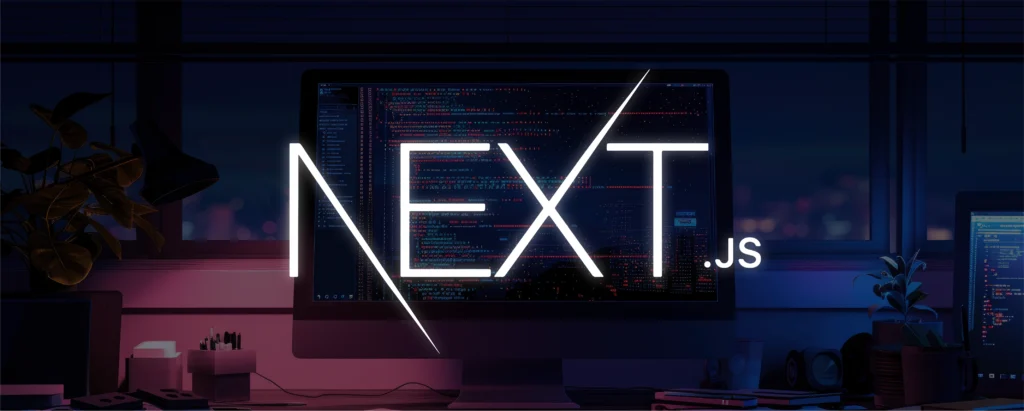Building Responsive UIs with Tailwind CSS
Full Stack Developer

Introduction to Frontend
A comprehensive guide to creating beautiful, responsive user interfaces using Tailwind CSS. This comprehensive guide will walk you through everything you need to know to get started and build your skills in this exciting area of technology.
In today's rapidly evolving tech landscape, staying ahead of the curve is essential for developers and tech enthusiasts alike. Whether you're a seasoned professional or just starting your journey, understanding the fundamentals of Frontend can open up new opportunities and perspectives.
Why Frontend Matters
The importance of Frontend in modern development cannot be overstated. It provides developers with powerful tools and methodologies to create more efficient, scalable, and user-friendly applications. Let's explore some key aspects that make this technology so valuable:
- Enhanced performance and optimization capabilities
- Improved developer experience and productivity
- Better user experiences through modern interfaces
- Stronger security and reliability features
- Greater flexibility and adaptability to changing requirements
Getting Started with Tailwind CSS
To begin working with Tailwind CSS, you'll need to set up your development environment properly. This involves installing the necessary tools and frameworks, understanding the core concepts, and familiarizing yourself with best practices.
// Example code for Tailwind CSS
const initialize = async () => {
const config = {
apiKey: process.env.API_KEY,
environment: 'production',
debug: false
};
await setup(config);
console.log('Successfully initialized!');
};
initialize().catch(error => {
console.error('Initialization failed:', error);
});This simple example demonstrates how to initialize a basic configuration for your Tailwind CSS project. The setup function would typically handle connecting to necessary services, loading dependencies, and preparing your application for use.
Advanced Techniques
Once you've mastered the basics, you can explore more advanced techniques to take your skills to the next level. These might include:
- Optimizing performance for large-scale applications
- Implementing complex architectural patterns
- Integrating with other technologies and services
- Building custom solutions for specific use cases
- Contributing to open-source projects in the ecosystem
"The most powerful thing about Frontend is how it enables developers to create solutions that were previously impossible or impractical to implement."
Conclusion
As we've explored in this article, Frontend offers tremendous potential for developers looking to enhance their skills and build better applications. By understanding the core concepts, following best practices, and continuously learning about new developments in the field, you can position yourself at the forefront of this exciting technology.
Remember that mastery comes with practice and persistence. Don't be afraid to experiment, make mistakes, and learn from them. The community around Frontend is vibrant and supportive, so don't hesitate to seek help when needed.
In future articles, we'll dive deeper into specific aspects of Frontend and explore more advanced topics. Stay tuned for more insights and practical guidance!
Tags:
Share this article:
Uttam Kumar Saha
Full Stack & Blockchain Developer
Related Articles
Categories
Popular Tags
© 2025 Uttam Kumar Saha
Crafting digital experiences
